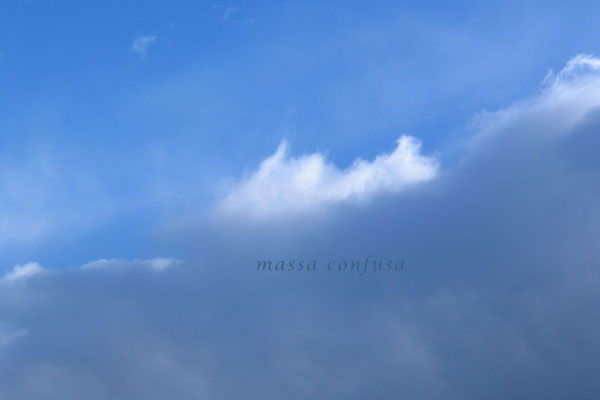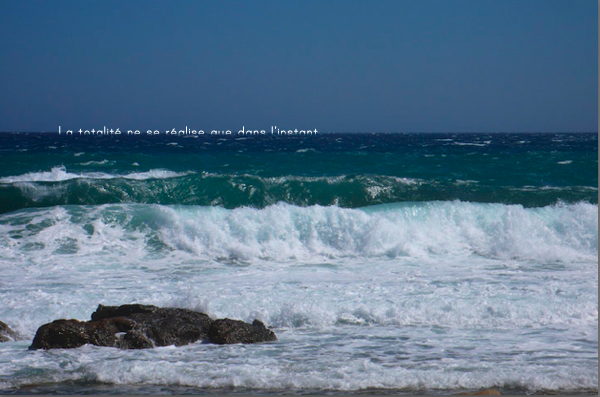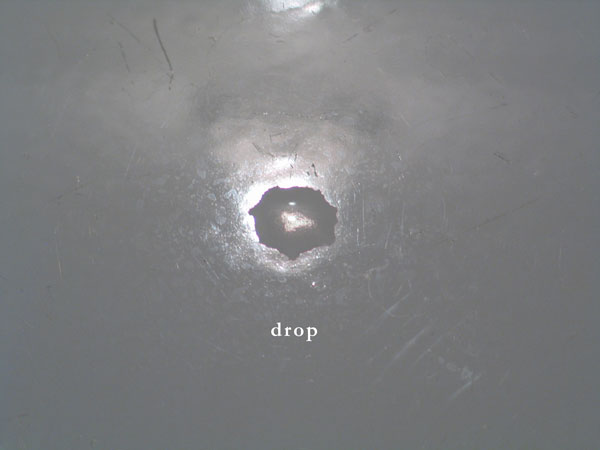Thank you to Robert Irwin for the quote below. I am still learning to see.









| anne-laure oberson collects curates creates [selected material] < < < |
| _IMage-TeXt |
| "Our conscious phenomenal world is a cognitive construction." [Wade&Swanston] |
| These photographs are sketches, following or concurrent to a series of readings and researches that I am currently doing for a body of work on the quantum nature of photography. Reflecting upon the nature of sight and of photography, it becomes everyday more evident that the photographic image is as much – if not more – a reality as the reality it depicts; not merely implying that a photograph is not a representation, there is plenty of evidence and writing about this. I am talking on a more phenomenological level and especially regarding to digital photography. A ccd captor functions precisely like the human eye in the way the light is captured and only thereafter analysed or rendered into an image. It is no more than a retina, the act of “seeing” being left to the processor or to the brain. The relation between words and images in the attempts below makes a voluntary direct reference to both Magritte and Ruscha and yet contradicts each of their pursuits. Here, the literal and the visual elements stand in a relation of rhetorical tautology: what you see is what you get. What it is, contrary to the symbolic double meaning of the surrealist, in whose painting La trahison des images of 1929 what you see – a pipe – is certainly not what it says it is but clearly a representation of it ('this is not a pipe', of course it is not, it is a painting, of a pipe). Contrary also to the “ready made” function of Ruscha’s words and images isolated from their context, in discrepancy, and creating a drama, achieving the right tension through incongruous relationships. The words - what we know - double the image - what we see - as it is established that our visual perception is at least as much determined by the former. Hence it is impossible to say viewing an image if we know what we see or we see what we know. By overlapping the two on the same layer in the same field of vision, they are there both at one yet exist idependently. Thank you to Robert Irwin for the quote below. I am still learning to see. |
| "SEEING IS FORGETTING THE NAME OF THE THING ONE SEES" |
 |
 |
 |
 |
 |
 |
 |
 |
 |
| < < < |
| all material copyright anne-laure oberson unless stated otherwise |